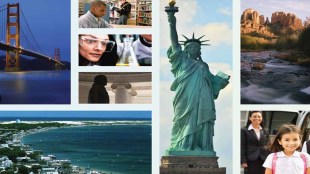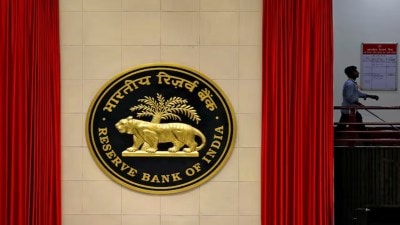
Page 58 of Immigration Abroad


USCIS announced the dates of the first registration period for the fiscal year 2025 H-1B cap.

The EB-5 program is focused on allowing overseas investors to receive US visas by making investments in a commercial entity.

The UK government is stopping overseas care workers from bringing family dependants into the country.

The filing fee for Form I-907 used as a Request for Premium Processing is being increased.

US employers are exploring alternative methods to hire skilled workers, including L1 visa, O1 visa, E2 visa, and remote work.

The fiscal year 2024 limit for family-sponsored preference immigrants is 226,000.

Migrants can apply for a second MEPV as part of the support announced for MEPV holders in New Zealand.

Bipartisan legislation provides an expedited path to citizenship for migrants who pass security checks and serve in the military.

A Green Card officially known as a Permanent Resident Card allows you to live and work permanently in the United…

The number of NRIs pursuing foreign citizenship is not yet known, but there are indications of a growing trend.

EB5 remains a very popular option for families helping their kids circumvent the uncertainties of an H1B visa.

Immigration is one possibility for addressing Japan’s labor deficit, but the country has been highly unaccepting of foreign labor.

The Parent Resident Visa enables New Zealand residents and citizens to sponsor their parents for residence in New Zealand.

Two investment pathways exist that are very distinct, facilitating immigrants to qualify under the EB-5 program.

USCIS has proposed new rules to modernize and improve the efficiency and integrity of the H-1B program.

The latest round of draw held by Canada issued invitations to apply for permanent residence under the Express Entry system.

To be eligible for US citizenship, an applicant must meet certain eligibility requirements of the Immigration and Nationality Act.
Related News






